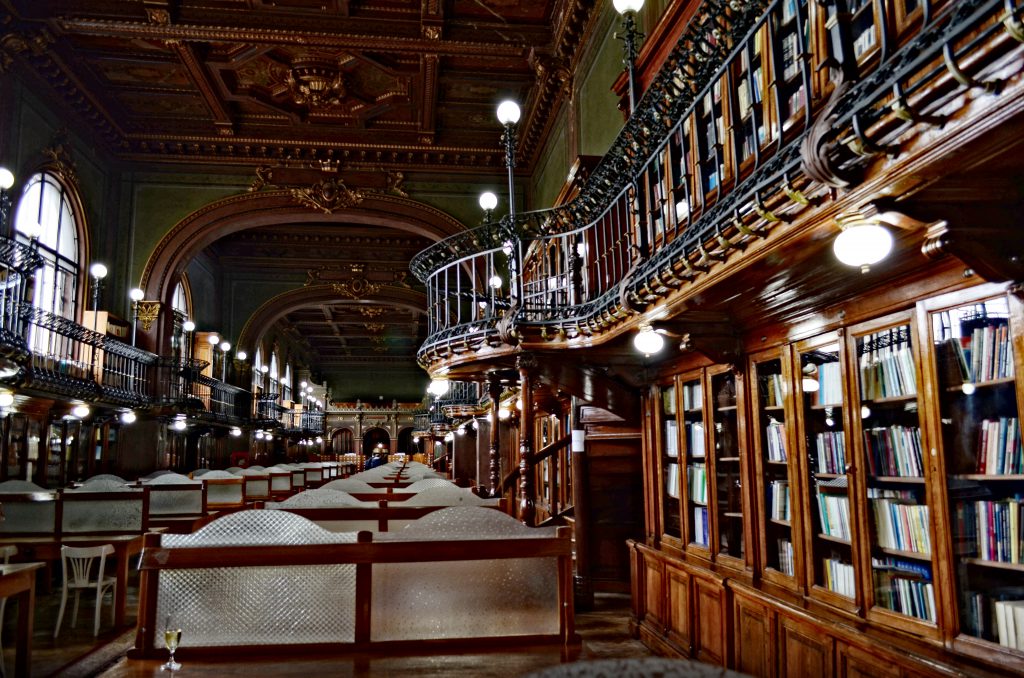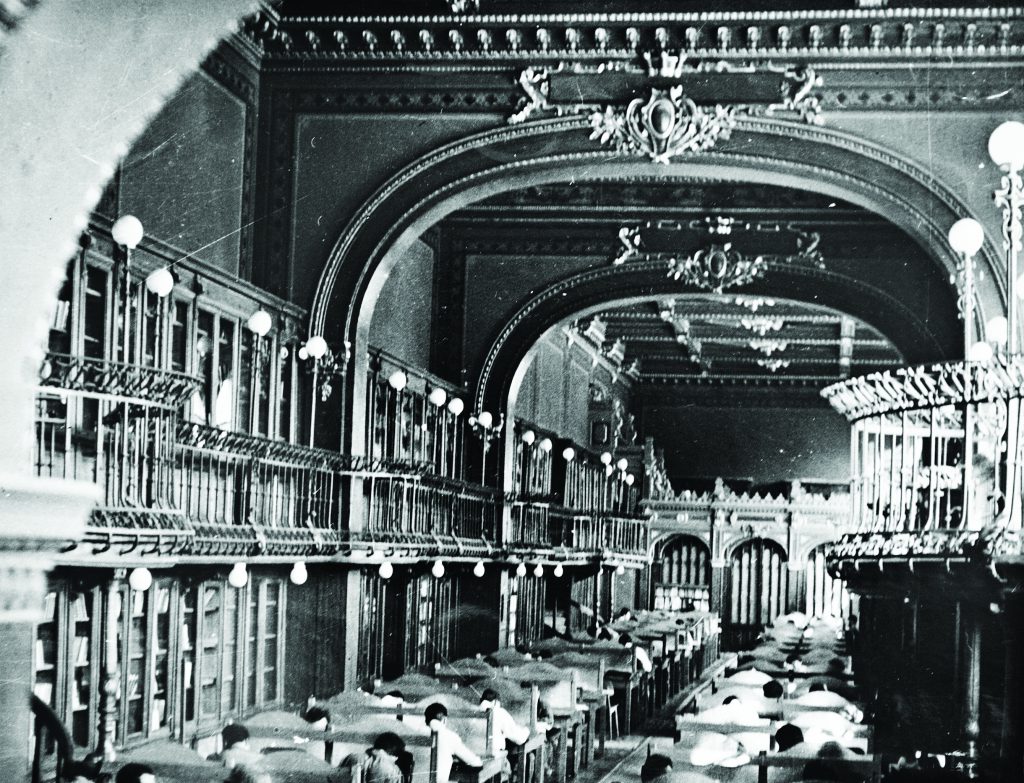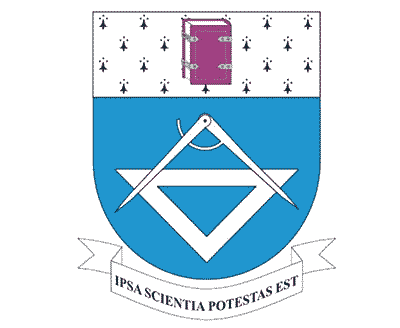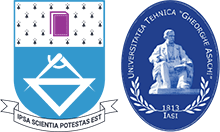”This space receives a well-deserved confirmation of the cultural rating and high spirituality which is characteristic of the Academic Palace in Copou”.
Interview with Neculai Seghedin, Vice-Rector of the “Gheorghe Asachi” Technical University of Iasi
The Iasi Technical University’s Library has been selected among the most beautiful 25 libraries in the world, according to an online survey initiated by the Boredpanda.com portal. Today, (the 18th of January) the library is on the first place in the site visitor’s preference top. In“competition” there are architectural masterpieces such as the Trinity College Library in Dublin, the Royal Portuguese Library in Rio de Janeiro, the National Library in Prague or the National Library of France.

Andreea Daraban: The Iasi Technical University’s Library was voted the most beautiful library in the world, according to a survey made by the boredpanda.com portal. This would be another reason to be proud as a Romanian and especially as a citizen of Iasi, isn’t it ,Professor Neculai Seghedin, Vice-Rector of the “Gheorghe Asachi” Technical University of Iasi?
Neculai Seghedin: First of all, I must say that this is an honorable position and perhaps unexpected to those who have never visited the library. I am not surprised, however, and, I may add, not for lack of modesty. The reason is simple: this library, and the entire Academic Palace in Copou, have been tuned to the European cultural value even since the designing phase. The cultural dimension of the Iasi University – and I mean the University of Iasi generally speaking – has been an important concern since the establishment of the institution. The headstone of the edifice was laid in 1892. Petru Poni – a professor at the University of Iasi and Minister of Public Education – conceived the design. He elaborated the preliminary designs after studying several universities in Germany, Austria and Switzerland. The resulting sketches were sent afterwards to a Swiss architect – Louis Blanc – quite famous at that time. He designed the final blueprints, according to Petru Poni’s sketches. The same Louis Blanc also had designed the edifice of the “Carol Davila” University of Medicine and Pharmacy in Bucharest. The Academic Palace in Copou was inaugurated in 1897 in the presence of King Carol the First. The palace comprises two outstanding elements from the symbolic and architectural perspective, namely the Library and the “Gheorghe Asachi” Technical University Hall.
These two cultural sanctuaries experienced a dramatic fate during the war. When the front line reached the Iasi-Chisinau region, these edifices were badly damaged. Their drama during the months of July to August 1944 is thoroughly photographically documented. The restauration lasted until the late fifties, when the beautifully conceived edifice was finally completely concluded.

Andreea Daraban: Is the Library opened to students?
Neculai Seghedin: The Library is a study place permanently open. It owns ONE MILLION VOLUMES. The two spaces may both be visited as they are physically connected, as there is a balcony linking the Library and the Hall. I could state without lack of modesty that the Hall is the most beautiful in Romania. I’ve seen them all. The Library is also a work of extraordinary beauty. We are very pleased to see this cultural edifice receiving the confirmation of its cultural and spiritual values, specific to the Copou Academic Palace.
Andreea Daraban: Has the Iasi Technical University’s Library ever been nominated in a similar top or is it a first?
Neculai Seghedin: As far as I know, it is for the first time when a top of this kind is conceived, where the public opinion is surveyed by online voting. We certainly hope that this moment triggers acknowledgement of the city’s current cultural values in the eyes of the public.

Andreea Daraban: IIs it possible for the citizens or the tourists in Iasi to visit the Library, is there a visiting program, is it opened for everyone or only to students?
Neculai Seghedin: Most certainly, the library may be visited anytime, as well as the Hall. The access is free and furthermore, it is advisable that these places should permeate the public conscience, and most of all the conscience of the Romanian intellectuals, those from Iasi, mainly.



